Organic Farming has increased dramatically as more people realize the necessity of conserving our world and its resources. What is integrated organic Farming, and why is it important? Integrated organic Farming emphasizes the interconnection of all life. Integrated organic farmers employ natural methods to grow crops and maintain healthy soil. Crop rotation, companion planting, natural fertilizers, and insect control are examples.
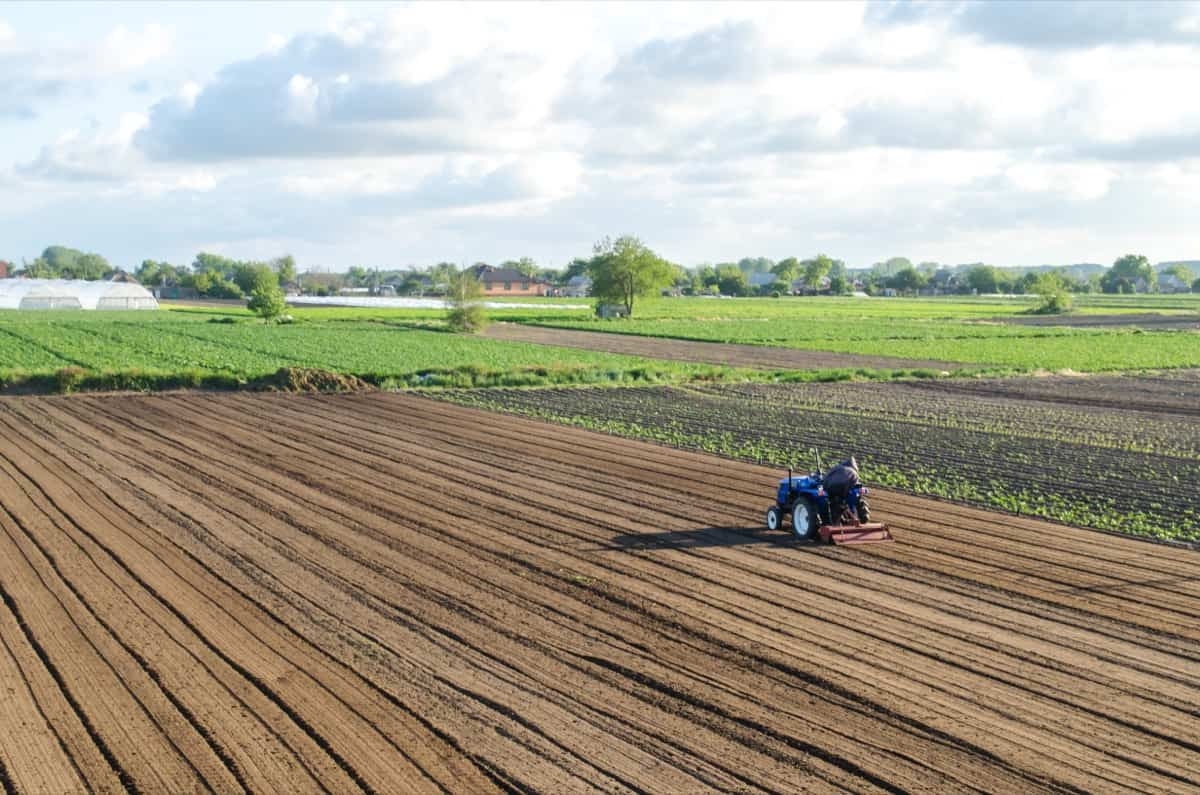
Integrated organic Farming goes beyond food production. It’s also about creating a sustainable ecology that sustains many species, including beneficial insects and birds. It balances nature, benefiting the farm and the ecosystem. Soil health is crucial to integrated organic Farming. Farmers may grow healthier, disease-resistant crops by improving the soil naturally.
It reduces synthetic pesticides and fertilizers and improves the farm ecosystem. Understanding and applying integrated organic farming concepts can help build a more sustainable and equitable food system. This blog will help everyone interested in this vital topic. Join us in creating a healthier, more sustainable future by leaving comments and questions.
What is Integrated Organic Farming
Integrated Organic Farming (IOF) is a comprehensive approach to agriculture that integrates traditional organic farming practices with current sustainable farming methods. It is a farming system that integrates multiple agricultural components such as crop production, animal husbandry, agroforestry, and soil management. IOF’s mission is to develop a self-sustaining, environmentally sustainable, and commercially viable farming system.
Need for Integrated Organic Farming
A sustainable method that increases productivity and strengthens the soil is organic Farming. It was once widely utilized in India, but synthetic alternatives have now taken their place. Making the switch to organic farming practices can improve crop fertility, provide farmers with a boost in crop prices, and potentially bring in up to 200% more money on the international market. Through the IOFS, the Indian government offers states the chance to adopt organic Farming, especially in the North Eastern regions.
Scope of Integrated Organic Farming
Integrated Organic Farming is an alternative to synthetic fertilizers, pesticides, and growth regulators. It focuses on soil health and reducing diseases caused by the artificial production of fruits and vegetables. This method will increase soil fertility, resulting in more fertile land for Farming and a higher yield of organic products.
Organic composts maintain soil fertility by returning all the necessary nutrients. Pest and disease management are also emphasized in organic Farming by following best practices such as rotational crop growing, mixed crop growing, and disease-resistant crops. Additionally, natural plant extracts and minerals are used for biological control methods instead of pesticides, providing an eco-friendly and sustainable approach to Farming.
Natural methods used in Integrated Organic Farming
Farmers in IOF cultivate their crops using natural methods to support healthy soil. Crop rotation, companion planting, and using natural fertilizers and insect control measures are among these methods. Crop rotation improves soil fertility while reducing insect and disease pressure. Planting various crops together that have a positive relationship, such as planting beans with corn to provide nitrogen to the maize, is an example of companion planting.
In case you missed it: Key Rules to Start Organic Farming in Mexico: Step-By-Step, Business Plan, Certification, Policies, Subsidies, Cost, and Profit
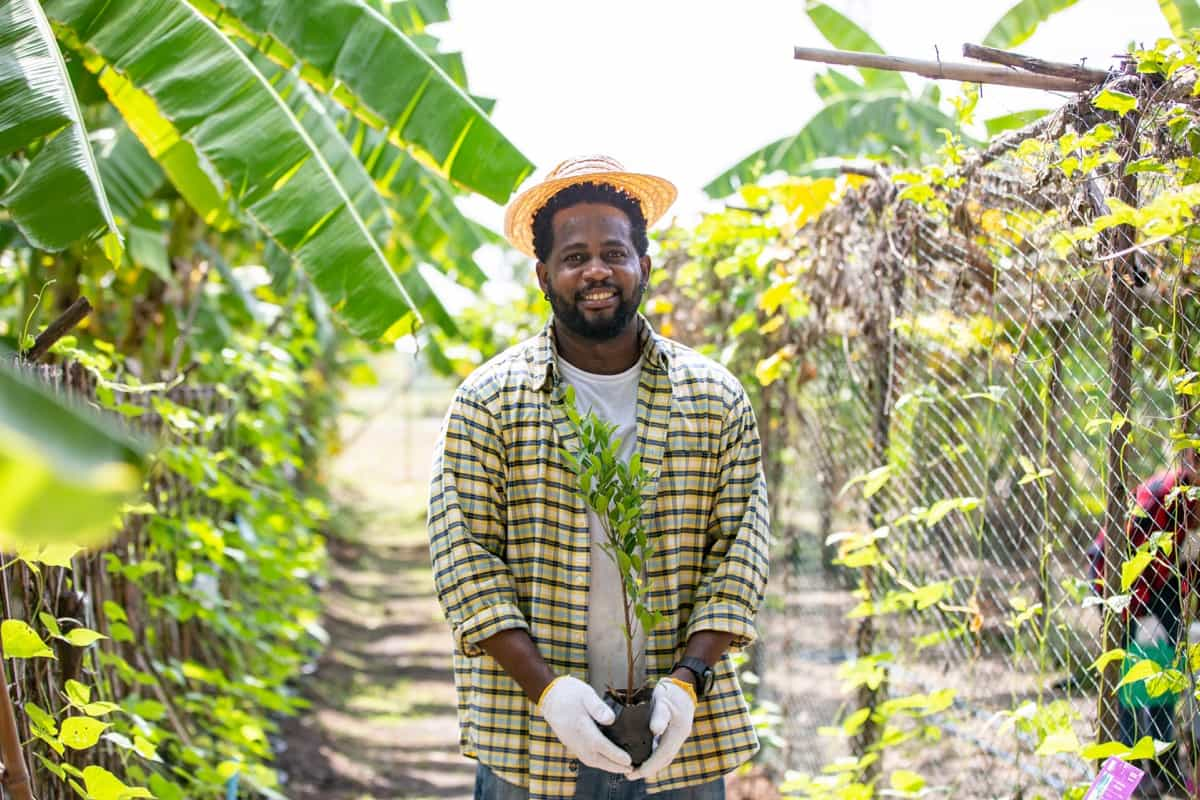
Natural fertilizers like compost and manure boost soil fertility. At the same time, pest control measures like traps and biopesticides are used to keep pests at bay without harming the environment. Integrated Organic Farming considers the connectivity of all living things in an ecosystem. It understands everything is interrelated and interdependent, from the earth to plants and animals.
The agricultural system is intended to foster natural balance, which helps the farm and the surrounding ecosystem. By increasing biodiversity, farmers may build a sustainable ecosystem that supports various plants and animals, including beneficial insects and birds. It contributes to a natural balance that benefits the farm and the surrounding ecosystem. IOF promotes biodiversity while emphasizing the utilization of traditional knowledge and local resources.
It involves the utilization of regionally adapted crops and animal varieties, as well as traditional farming practices passed down through generations. By employing traditional knowledge, farmers can design a farming system tailored to their location and culture. IOF encourages farmers to use sustainable water management, energy efficiency, and waste management. It helps to lessen the environmental impact of Farming and conserve resources for future generations.
Benefits of Integrated Organic Farming
- Higher Productivity
- Profitability
- Sustainability
- Balanced food
- Recycling reduces pollution
- Money around the year
- Employment generation
- Increase input efficiency
- The standard of living of the farmer increased
- Better utilization of land, labor, time, and resources
Integrated Organic Farming Systems adopted in different regions of India.
In specific Indian locations, Integrated Organic Farming Systems (IOFS) are being used to promote ecologically friendly and sustainable farming techniques. Sikkim is becoming the first organic state in India thanks to the government’s implementation of a comprehensive policy to support organic Farming. The state has established a certification and accreditation system for organic food. It offers technical and financial aid to farmers to convert to organic Farming.
The “Jeevamrut” program, which aims to use organic and bio-fertilizers to enhance soil health and boost agricultural yield, was started by the government in the state of Maharashtra. For farmers, there are training and awareness activities included in the program. To encourage organic Farming and guarantee the quality and authenticity of organic goods, the Tamil Nadu state government established the “Tamil Nadu Organic Certification Department.” The department offers certification, technical support, and training services for farmers.
The “Krishi Amdani Bima Yojana” was established by the Gujarati government to offer insurance protection to farmers who engage in organic Farming. The program also offers financial support for acquiring equipment and inputs made from organic materials. The government of India’s North Eastern states encourages using conventional and natural farming methods. Government and non-governmental groups support the IOFS in its mission to enhance farmer livelihoods and protect biodiversity.
In case you missed it: Feed Management of Sheep and Goats: Formulation, Ingredients, Organic, DIY Feed mix, and Feeding Practices
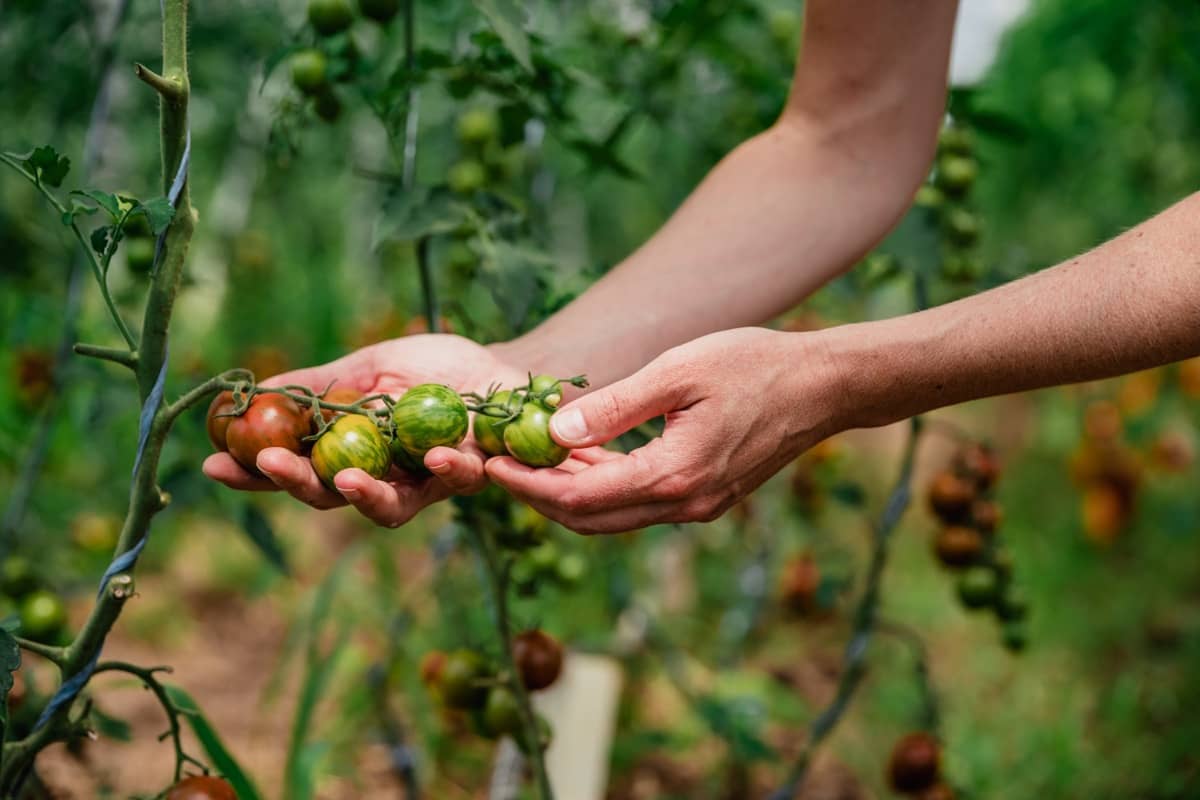
Integrated Organic Farming in Kerala
Turmeric, coconut, yam, vegetable cowpea, fodder, bananas, and tapioca are the crops used in Kerala’s Integrated Organic Farming System (IOFS) concept. Additionally, it covers Calicut’s cattle (two cows). The model’s objective is to provide a net revenue of Rs. 1,23,000 per acre and pay for 89% of the planting seeds, other planting supplies, and nutrients the plants and soil needs.
Integrated Organic Farming in Meghalaya
Meghalaya practices integrated organic farming, which involves growing a range of grains, vegetables, and fruits on a single acre of land. These include Assam lemon, papaya, peach, and guava, as well as rice-lentil, rice-pea, maize, soybean, french bean, tomato, cabbage, cauliflower, broccoli, brinjal, chili, and spinach.
The IOFS model also provides 0.046 hectares of land for a fishery, one milch cow, and one calf for livestock. The IOFS model has a net revenue of Rs. 73,903 per year and comprises 80% of the seeds, planting supplies, and soil-building minerals needed for crop production.
Integrated Organic Farming in Sikkim
Rice, peas, potatoes, toria, maize, soybeans, coriander, radish, broccoli, fenugreek, cauliflower, beetroot, spinach, and buckwheat are just a few of the crops grown in Sikkim using integrated organic farming (IOF) on a 1.25-acre plot of land. Fifty chickens and two cows are also part of the IOF model. The IOF model seeks to provide a yearly net income of Rs. 137,000.
Integrated Organic farming in Tamil Nadu
Okra, coriander, maize, cotton, and fodder grasses are among the crops grown on one acre of land in Tamil Nadu under the Integrated Organic Farming System (IOFS) model, in addition to bananas. Additionally, the model has boundary plants, vermicomposting, and two cows. This strategy aims to yield a return of Rs. 1,68,669 per acre and create 84% of the organic goods—seeds, fertilizers, and other botanical concoctions—needed for free crops from disease.
In case you missed it: How to Control Aphids on Roses: Home Remedies, Naturally, Organic and Chemical Management
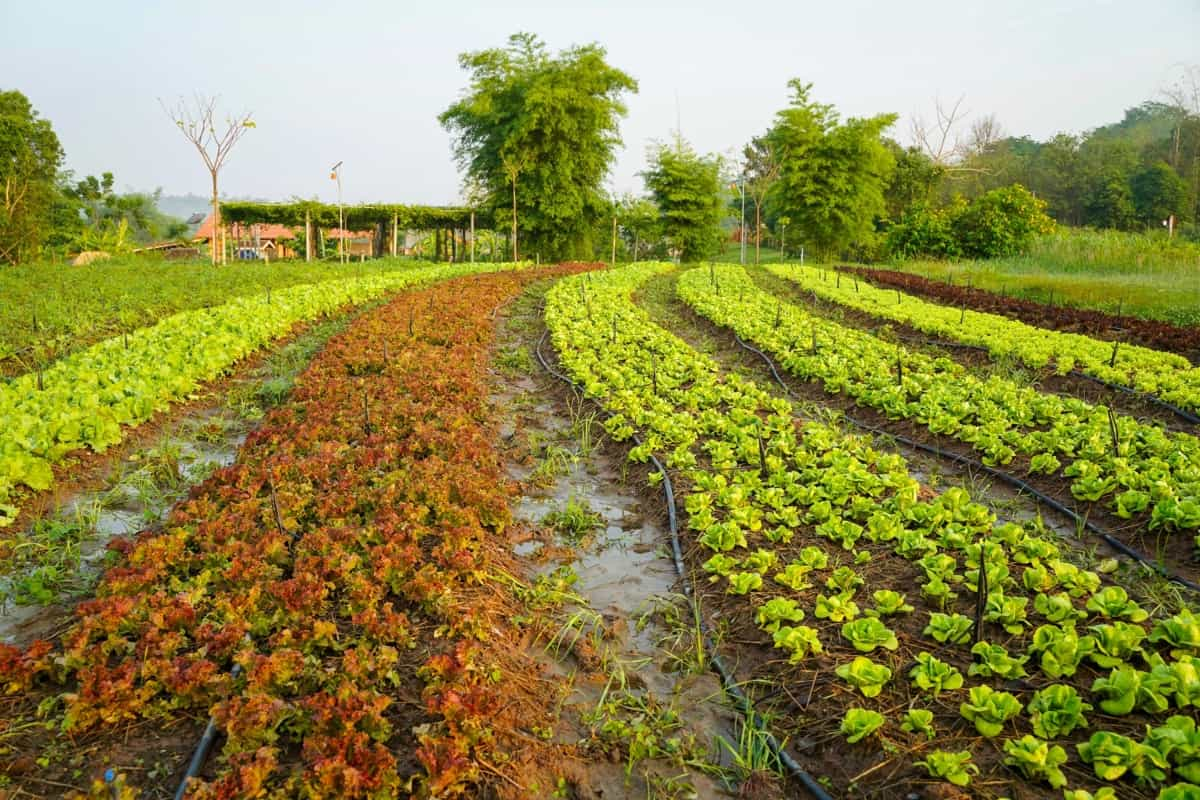
Nutrient management in Integrated Organic Farming
Nutrient management in organic Farming is concerned with creating healthy soil rich in organic matter and containing all the nutrients required for plants to develop. It is accomplished by using techniques like “green manuring,” “manure and biofertilizer addition,” and “natural minerals to increase soil consistency.” In addition, recovered waste materials from other sectors are frequently employed as organic fertilizers.
Farmers also create compost from mushroom compost and animal manures to maintain soil fertility. To eliminate weed seeds, compost is heated and aged for at least two months. Inputs made of organic materials can be utilized in organic Farming, including organic manures, bacterial and fungal biofertilizers, and rhizobacteria that encourage plant growth. These ingredients are created to deliver vital nutrients while minimizing harm to the environment and the produce.
Weed management in Integrated Organic Farming
Chemical pesticides are not utilized in integrated organic Farming; instead, weeds are managed through alternative techniques such as manual weeding, cultural practices, biological control, and cover crops. Drip irrigation and other precise watering techniques can also be used to reduce weed development and save water. These techniques support soil health and biodiversity in addition to weed eradication. In addition, weeds can be managed through agronomic strategies such as crop rotation, intercropping, etc.
In case you missed it: Key Rules to Get Rid of Fruit Fly in Mango: Symptoms, How to Treat, Management, Chemical, and Organic Control
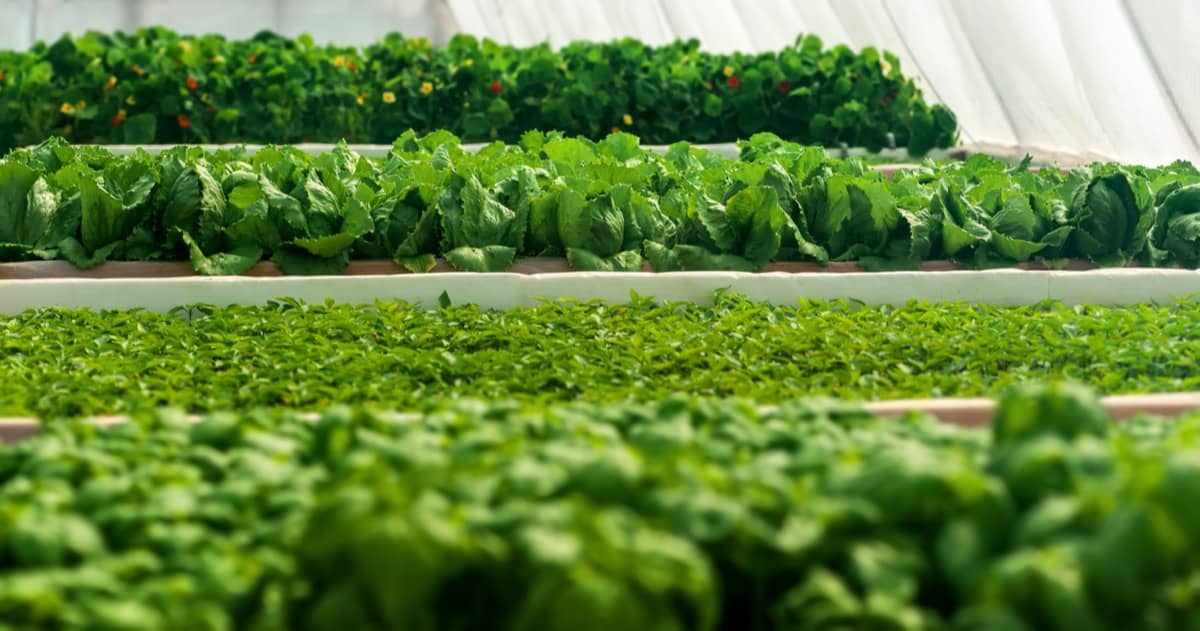
Insect pest management in Integrated Organic Farming
In Integrated Organic Farming, insect pest management is carried out by foreseeing their presence and modifying planting times and locations to prevent major pest issues. By building host crop borders around fields and regularly releasing beneficial insects into the fields, the main objective is to increase the population of beneficial insects. Natural or organically approved insecticides, such as neem pesticides, are employed when there is a pest outbreak. They must meet the low toxicity and persistence requirements established by the National Organic Standards.
Diseases management in Integrated Organic Farming
In Integrated Organic Farming, diseases management includes proper fertility management by providing a balanced supply of macro and micronutrients to crops and using crop rotation to improve resistance to certain diseases. The focus is on maintaining healthy soil with beneficial organisms to keep harmful bacteria and fungi that cause disease in check.
Advantages of Integrated Organic Farming (IOF)
- IOF encourages better soil health, which results in crops with increased mineral content and total nutritional value, increasing dietary value.
- Reduced chemical contamination: The food produced by IOF is free of dangerous contaminants since it uses natural pest and disease control techniques rather than synthetic chemicals.
- Food grown organically is said to have a superior flavor and a longer shelf life than food farmed conventionally.
- IOF encourages healthy plants that are better able to fight diseases and pests. This results in increased disease and pest resistance.
- Greater weed competitiveness: When produced using IOF, healthy crops can outcompete weeds.
- Less expensive chemicals and fertilizers are needed for IOF because the system relies on recycling organic matter and producing in-situ nutrient inputs.
- Improvements in soil health and water retention brought about by IOF make crops more drought-resistant.
- Greater profitability: Farmers who embrace IOF frequently experience higher profitability due to the high demand and premium prices for organic produce.
Disadvantages of Integrated Organic Farming (IOF)
- Low yields: IOF may yield less than traditional Farming, particularly in the early years as the soil is being repaired.
- IOF employs manual labor for weeding and pest control, which is more time-consuming and expensive than synthetic chemicals.
- Longer crop rotation cycles: Farmers may need help to plan and manage their operations with longer IOF crop rotation cycles.
- Organic farming depends on excellent weather, which makes crop forecasting and market planning challenging.
- Lack of knowledge and training: Some farmers might need help employing IOF methods, leading to poor crop yields and financial losses.
- Limited market access: Farmers may need help finding customers because organic produce is still a niche sector in several nations.
- High start-up expenses: The switch to IOF demands time, money, and resources, which may put some farmers off.
In case you missed it: Growing Moringa Organically in Tamilnadu: Cultivation Practices and Production Management
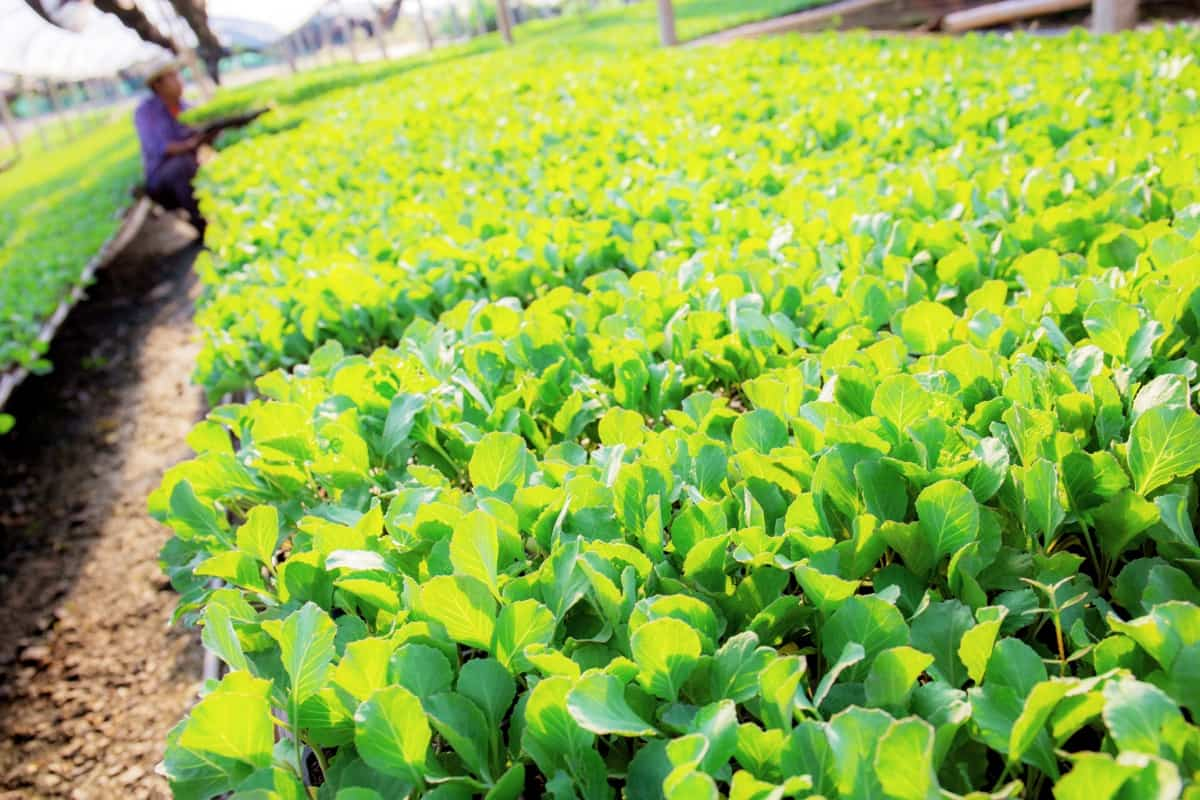
Conclusion
The term “Integrated Organic Farming” (IOF) refers to a comprehensive approach to agriculture that integrates various organic farming practices, including crop rotation, the use of macro- and micronutrients in a balanced manner, and the use of beneficial organisms to enhance soil health and disease resistance.
The IOF model has been applied in several states of India, employing various animals, vegetables, fruits, and crops. The IOF model seeks to provide a net profit while covering a sizable percentage of the seeds, planting supplies, and fertilizers needed by the plants and soil. The IOF strategy has improved agricultural productivity and soil health and reduced reliance on chemical inputs.
- Economical Aquaculture: A Guide to Low-Budget Fish Farming
- 15 Common Planting Errors That Can Doom Your Fruit Trees
- How to Make Houseplants Bushy: Effective Tips and Ideas
- Innovative Strategies for Boosting Coconut Pollination and Yield
- Pollination Strategies for Maximum Pumpkin Yield
- The Complete Guide to Chicken Fattening: Strategies for Maximum Growth
- Natural Solutions for Tulip Problems: 100% Effective Remedies for Leaf and Bulb-Related Issues
- Revolutionizing Citrus Preservation: Towards a Healthier, Greener Future
- Natural Solutions for Peony Leaf and Flower Problems: 100% Effective Remedies
- Maximizing Profits with Avocado Contract Farming in India: A Comprehensive Guide
- Natural Solutions for Hydrangea Problems: 100% Effective Remedies for Leaf and Flowers
- The Ultimate Guide to Choosing the Perfect Foliage Friend: Bringing Life Indoors
- From Sunlight to Sustainability: 15 Ways to Use Solar Technology in Agriculture
- The Ultimate Guide to Dong Tao Chicken: Exploring from History to Raising
- The Eco-Friendly Makeover: How to Convert Your Unused Swimming Pool into a Fish Pond
- Mastering the Art of Delaware Chicken Farming: Essentials for Healthy Backyard Flocks
- 20 Best Homemade Fertilizers for Money Plant: DIY Recipes and Application Methods
- How to Craft a Comprehensive Free-Range Chicken Farming Business Plan
- Brighten Your Flock: Raising Easter Egger Chickens for Beauty and Bounty
- How to Optimize Your Poultry Egg Farm Business Plan with These Strategies
- Subsidy for Spirulina Cultivation: How Indian Government Schemes Encouraging Spirulina Farmers
- Ultimate Guide to Raising Dominique Chickens: Breeding, Feeding, Egg-Production, and Care
- Mastering the Art of Raising Jersey Giant Chickens: Care, Feeding, and More
- Ultimate Guide to Raising Legbar Chickens: Breeding, Farming Practices, Diet, Egg-Production
- How to Raise Welsummer Chickens: A Comprehensive Guide for Beginners
- How to Protect Indoor Plants in Winter: A Comprehensive Guide
- Ultimate Guide to Grow Bag Gardening: Tips, Tricks, and Planting Ideas for Urban Gardeners
- Guide to Lotus Cultivation: How to Propagate, Plant, Grow, Care, Cost, and Profit
- Agriculture Drone Subsidy Scheme: Government Kisan Subsidy, License, and How to Apply Online
- Ultimate Guide to Raising Araucana Chickens: Breed Profile, Farming Economics, Diet, and Care
- Bringing Hydroponics to Classroom: Importance, Benefits of Learning for School Students
- Ultimate Guide to Raising Polish Chickens: Breed Profile, Farming Economics, Diet, and Care
- Ultimate Guide to Raising Australorp Chickens: Profile, Farming Economics, Egg Production, Diet, and Care
- Silkie Chicken Farming: Raising Practices, Varieties, Egg Production, Diet, and Care
- Sussex Chicken Farming: Raising Practices, Varieties, Egg Production, Diet and Care
- Homemade Feed Formulations for Livestock: Discover Cost-effective Starter to Finisher Feed Recipes
Very good information.